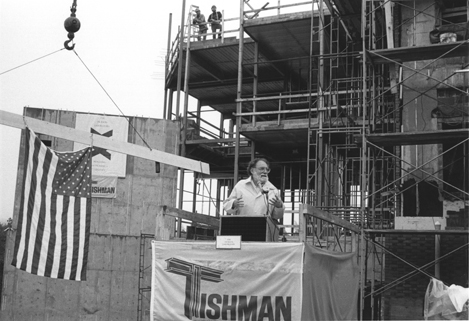
Faculty Research 1990 - 1999
Sequence conservation and structural organization of the glycerol-3-phosphate dehydrogenase promoter in mice and humans.
Document Type
Article
Publication Date
1990
Keywords
Base-Sequence, Cloning-Molecular, Gene-Expression-Regulation-Enzymologic, Genes-Structural, Glycerolphosphate-Dehydrogenase: ge, Human, Methylation, Mice, Molecular-Sequence-Data, Promoter-Regions-(Genetics), Regulatory-Sequences-Nucleic-Acid, Restriction-Mapping, Support-U, S, -Gov't-P, H, S
First Page
5244
Last Page
5256
JAX Location
1,980.
JAX Source
Mol Cell Biol 1990 Oct; 10(10):5244-56.
Grant
DK34384
Abstract
Cloned segments of the mouse glycerol-3-phosphate dehydrogenase (GPDH) gene, Gdc-1, were used to screen a human library. Human clones obtained spanned 25 kilobases of genomic DNA containing the human GPDH gene, GPD1. The 4 kb of sequence obtained from the 5'-flanking region and first exon of GPD1 was compared with the corresponding mouse sequence. Both sequences share a HindIII site located in what has proven to be the highly conserved 3' untranslated region of an upstream gene of unknown function, D15Kzl. The 3.6-kilobase segment of mouse DNA located between D15Kzl and Gdc-1 was provisionally termed the GPDH promoter. Alignment of the mouse promoter with the corresponding human sequence revealed two conserved domains. An upstream distal promoter region is approximately 900 base pairs in length. A downstream or proximal promoter region consists of approximately 300 base pairs immediately upstream of a TATA-like box and contains the fat-specific elements 1 and 2. Analysis of the chromatin structure of the Gdc-1 promoter revealed four DNase I-hypersensitive sites. They were present in DNA of liver and brown fat, in which GPDH expression is high, but were absent in DNA of spleen, in which GPDH expression is low. Methylation studies of the promoter showed it to be heavily methylated in sperm. However, the DNA from each adult somatic tissue had a unique distribution of nonmethylated sites and could easily be identified by its methylation pattern. These data suggest a structural model of the promoter that explains how Gdc-1 expression is differentially regulated in many types of cells.
Recommended Citation
Gwynn B,
Lyford KA,
Birkenmeier EH.
Sequence conservation and structural organization of the glycerol-3-phosphate dehydrogenase promoter in mice and humans. Mol Cell Biol 1990 Oct; 10(10):5244-56.

